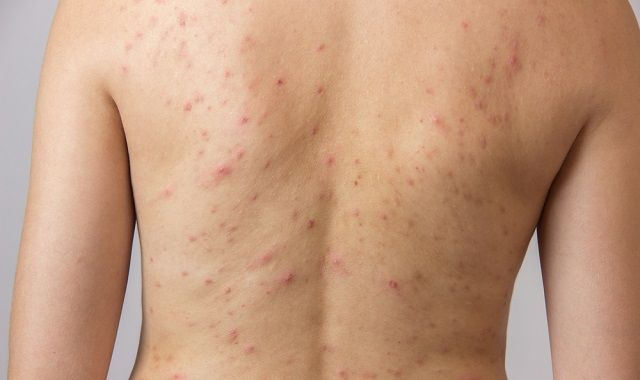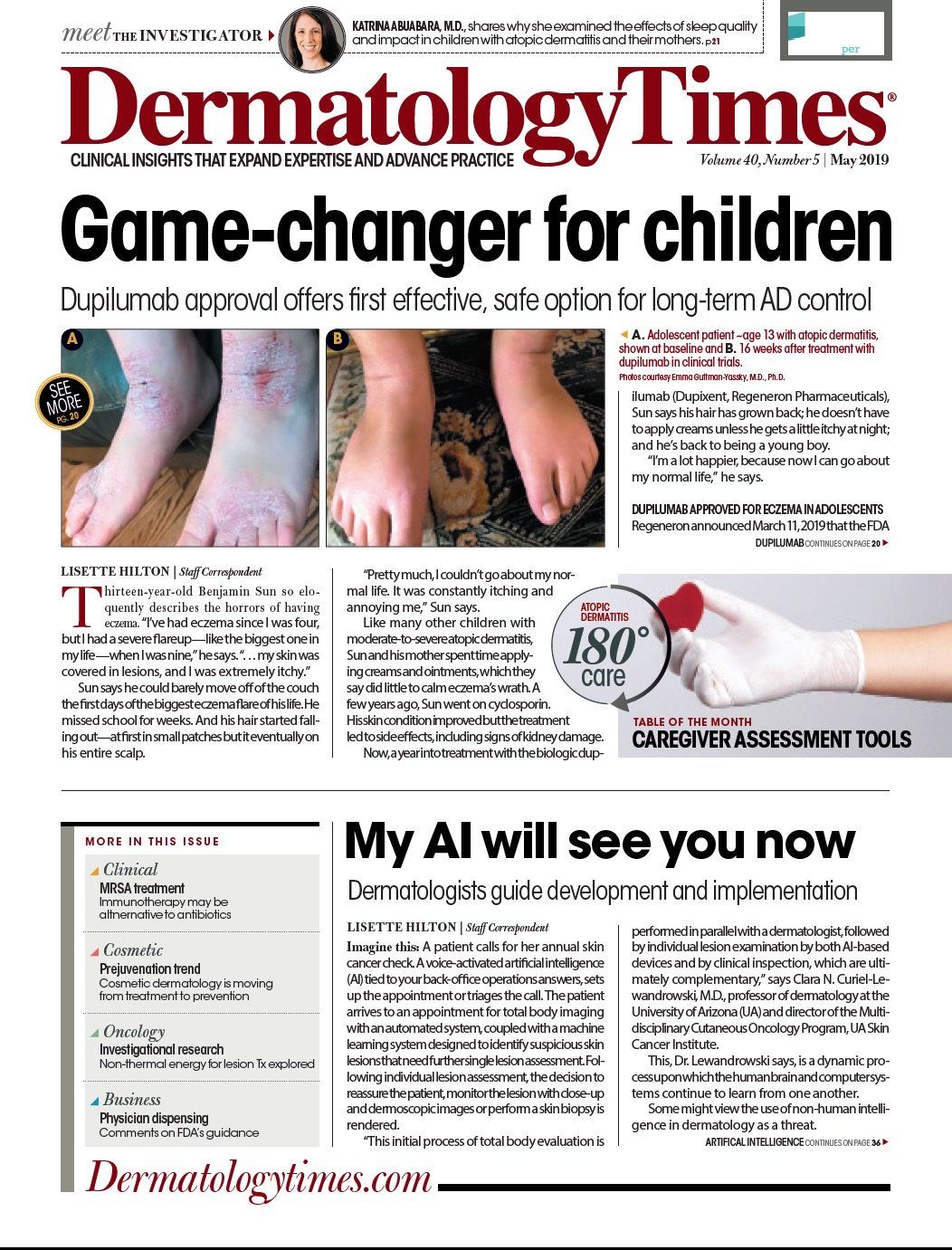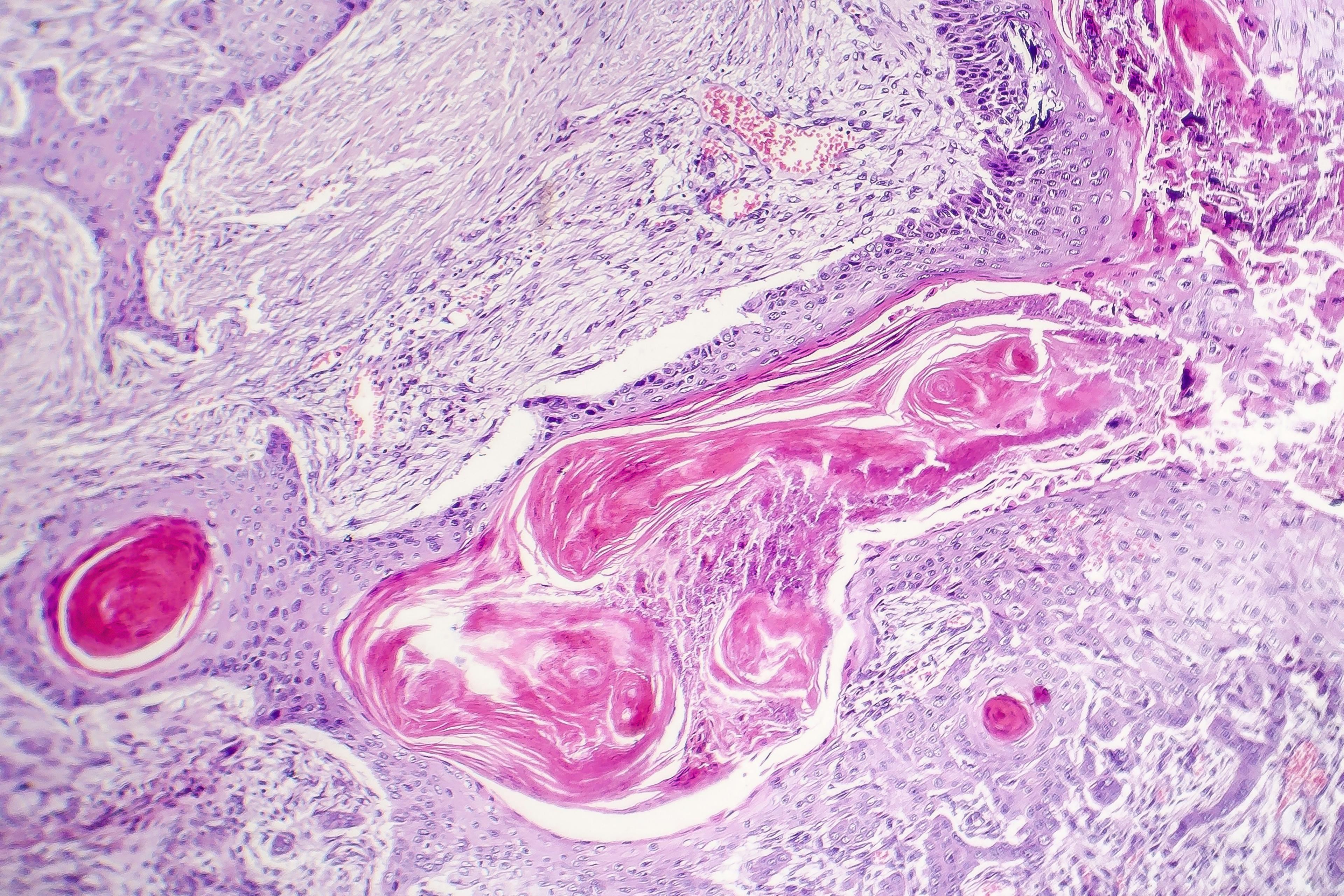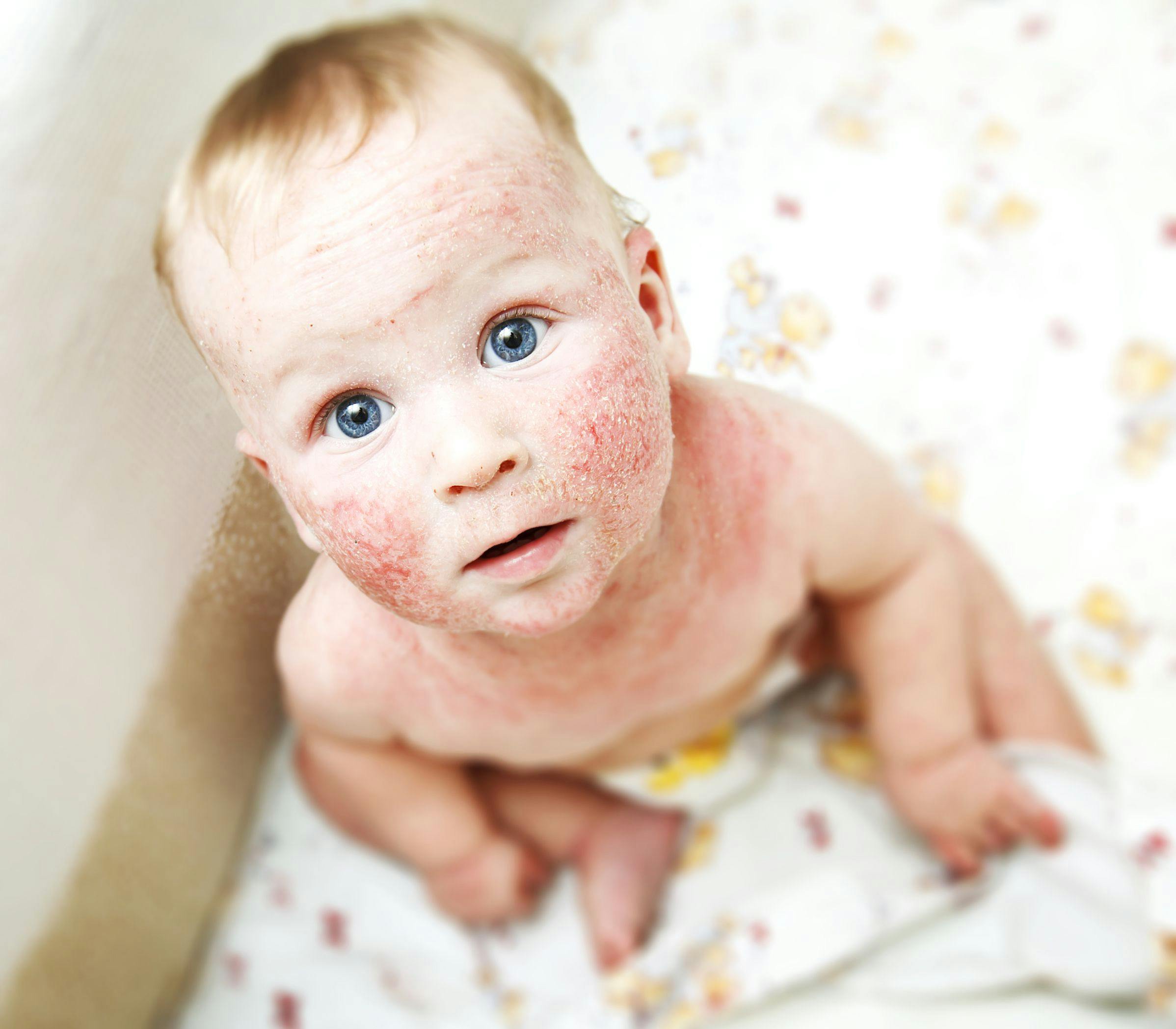- Acne
- Actinic Keratosis
- Aesthetics
- Alopecia
- Atopic Dermatitis
- Buy-and-Bill
- COVID-19
- Case-Based Roundtable
- Chronic Hand Eczema
- Drug Watch
- Eczema
- General Dermatology
- Hidradenitis Suppurativa
- Melasma
- NP and PA
- Pediatric Dermatology
- Pigmentary Disorders
- Practice Management
- Precision Medicine and Biologics
- Prurigo Nodularis
- Psoriasis
- Psoriatic Arthritis
- Rare Disease
- Rosacea
- Skin Cancer
- Vitiligo
- Wound Care
Publication
Article
Dermatology Times
Acne mechanica caused by skin on skin friction
Author(s):
Acne mechanica usually occurs when skin is pressed against heavy clothing or bulky protective gear, but dermatologists recently discovered a case of the condition caused by friction between the inner thighs of an obese teenager.
"...the primary cause of acne mechanica is pressure and friction as opposed to the multifactorial pathogenesis of acne vulgaris," says Kalyani Marathe, M.D., MPH. (©OksanaVolina/Shutterstock.com)

Acne mechanica is a specific form of acne that is triggered when the skin is pressed or rubbed against heavy clothing or bulky protective gear. But dermatologists recently discovered a case of the condition caused by friction between the inner thighs of an obese teenager.1
Acne mechanica is defined as being any acneiform eruption in areas of friction, pressure, stretching, rubbing, pinching or occlusion of the skin in any individual, regardless of pre-existing acne. It presents as inflammatory papules and pustules that can progress to nodules and cysts.
The condition occurs most often in very active people, such as athletes or soldiers. It seems to occur after intense activity causes heat and friction between sweaty skin and clothing, particularly if the person is wearing heavy or bulky protective gear.
However, the condition has also been reported in relation to friction and pressure from other causes, such as prolonged back rest against a seat or bed, and even pressure from a prosthetic limb.
Now dermatologists in Washington, D.C. have reported what they believe is the first case of the condition occurring as a result of rubbing of the skin of the inner thighs.
“Previously reported causes of acne mechanica have all been external factors, such as clothing. This patient's presentation is unique because the lesions are caused by friction between cutaneous surfaces,” says Kalyani Marathe, M.D., MPH, a dermatologist from the Children's National Medical Center and The George Washington University School of Medicine and Health Sciences, Washington, D.C.
In the case report published in Pediatric Dermatology, she and her co-authors describe the condition in a 17-year-old obese African American female.
The patient presented for evaluation of facial acne, but also complained of blackheads in her thigh area. She explained that these blackheads appeared during the summer when she wore shorts or dresses that allowed her legs to rub against each other.
She had no personal or family history of hidradenitis suppurativa, was not on any medications, and did not have any known allergies.
Examination revealed that she had, large bilateral collections of open comedones with black keratotic debris on her inner thighs. The affected area spanned from the upper inner thigh to the mid-lower inner thigh. There were no inflamed papules or pustules and no pain or swelling.
Comedone extraction was performed, and the patient was advised to wear cotton fabrics and change frequently, particularly if she got hot and sweaty. She was warned that the problem was likely to be chronic and so taught how to extract comedones herself.
Acne mechanica is frequently observed on American footballers, and the chins of players seems to be most often affected, possibly as a result of irritation from the chin strap of their helmets. Dramatic improvement in the condition, if not complete resolution, is observed in most affected athletes at the end of the competitive season,2 and this resolution “underscores the idea that the primary cause of acne mechanica is pressure and friction as opposed to the multifactorial pathogenesis of acne vulgaris,” Marathe says.
“Antibiotics used to treat acne vulgaris are not as effective when used for acne mechanica,” she adds.
To manage acne mechanic on the the shoulders and upper trunk, sports physicians advise athletes to wear a clean absorbent cotton T-shirt worn under their kit and equipment to help diminish the four contributing factors to the condition - occlusion, heat, friction, and pressure. They are also encouraged to remove their kit and shower immediately after training and games.
References:
1 Mazhar M; Simpson M; Marathe K. Inner thigh friction as a cause of acne mechanica. Pediatr Dermatol. 2019; DOI: 10.1111/pde.13817
2 Basler RS, Hunzeker CM, Garcia MA. Athletic skin injuries: combating pressure and friction. Phys Sportsmed. 2004;32:33â40.

Newsletter
Like what you’re reading? Subscribe to Dermatology Times for weekly updates on therapies, innovations, and real-world practice tips.

























